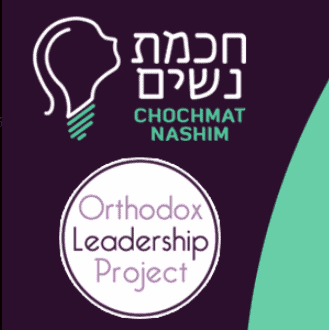7 + 1 = The helix of new beginnings
You know the feeling when you’re trying to get somewhere, you’re turning round one corner, another, studiously following your map, sure you’re making progress and suddenly you’re back where you started? Of course you do. We all do.
Shemini Atzeret is the opposite of that.
The seven days of Sukkot that prelude Shemini Atzeret are illustrative of the seven days of the week, the cyclicality that the calendar provides. Shemini Atzeret, as the name suggests (“eighth [day] of convocation”) goes above and beyond this circling of time, the seven days of being. The existence of an eighth day means that we are lifted up above and beyond our cyclical existence.
